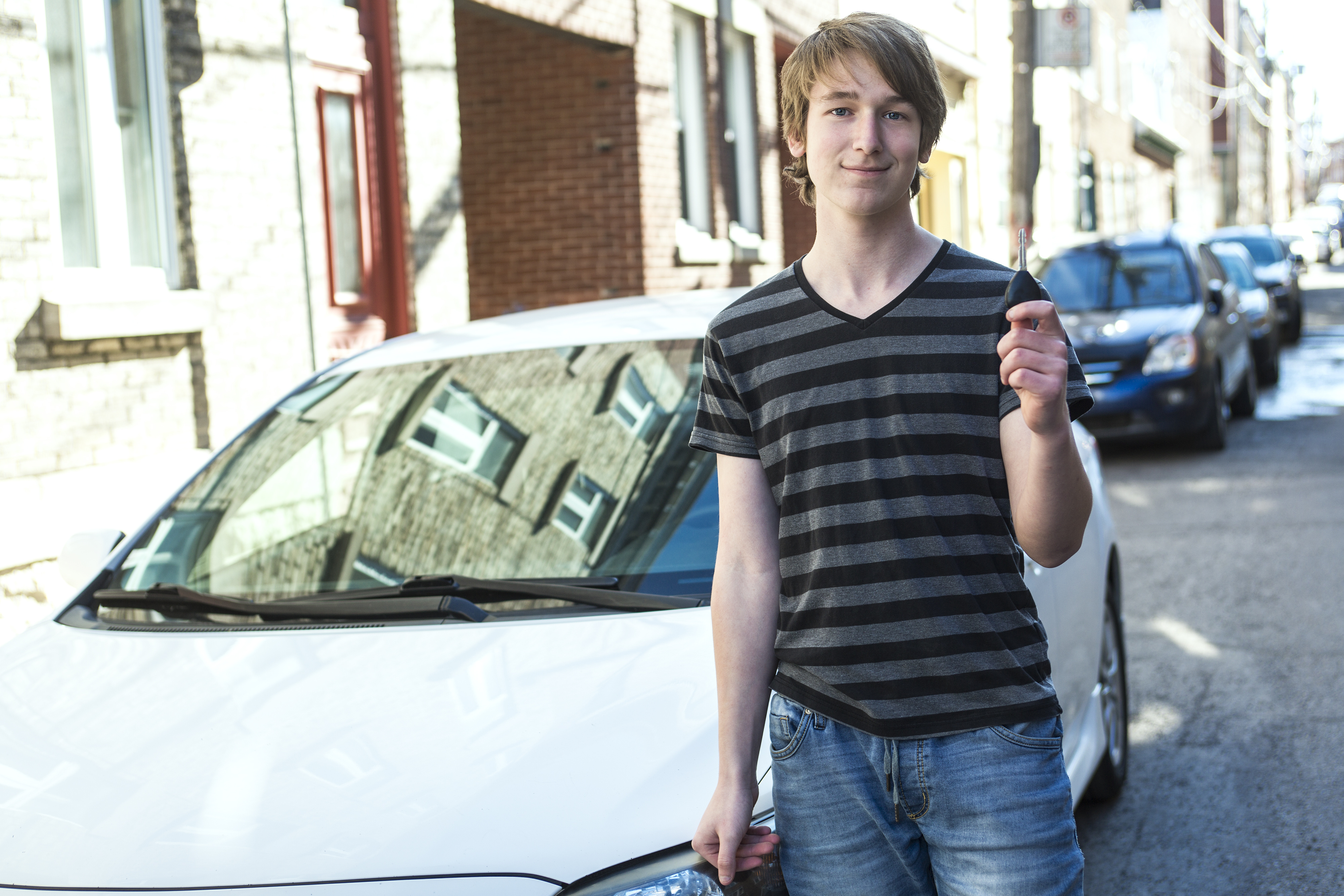We often recommend social stories to help prepare children with autism for new experiences like going to a baseball game for the first time, or flying in an airplane or going on a beach vacation. These are great experiences that every child should experience with the help of a parent to steer their children through these environments. But what if the parent can’t steer and the environment is changing at the speed of a car on a city street with traffic lights, car horns, billboards and pedestrians. How do you prepare an adolescent with autism to drive? Social Stories cannot prepare a teen with autism for that, but virtual reality is starting to. This is important because according to surveys, about 30 percent of adolescents with ASD drive or want to drive.
Nilanjan Sarkar, a computer and mechanical engineer professor at Vanderbilt University, collaborated with Amy Weitlauf, a psychologist who specializes in autism, to develop a virtual reality simulator to help people with autism practice rapid-reaction skills. Driving is one of those skills.
Of course there are driving simulators on the market already, but the virtual reality driving simulator developed at Vanderbilt is specifically designed to work with people who have ASD. This is how it differs:
- This virtual reality driving simulator gathers information on reactions and can alter the driving experience based on the data to make it harder or easier.
- A headset with electrodes read brain activity, electrical activity in muscles and heart, skin temperature, blood pressure and breathing.
- An eye-tracker monitors eye movement.
Virtual Reality Driving Simulator Details
- Automotive bucket seat
- Steering wheel
- Brake and gas pedals
- Flat screen display
- Eye tracker
- Four different driving environments
- Downtown
- Residential
- Industrial
- Country
- Four different driving scenarios
- Turning
- Merging
- Speed (Changing speed for school zones, construction areas, etc.)
- Laws (Obeying traffic signs)
- An adaptive environment
- The speed and aggressiveness of other vehicles on the virtual road change
- Weather conditions can change (Sunny, overcast and rainy)
- Road conditions can change from slippery to dry pavement.
- Pedestrians are introduced into the scene.
- The system provides immediate feedback
- The simulator stops and informs the driver of a mistake such as speeding or running a red light and provides corrective steps.
- The eye-tracker determines if the driver is looking out for pedestrians, cars or traffic signals. If the driver is distracted or not paying proper attention, the system will stop to remind the driver to pay attention to these elements.
Of course this is just a first step in preparing a child for driving in a real world situation because the virtual reality simulator cannot induce the real anxieties associated with driving. Still, it is a great place to start the journey to independence.
The Kidmunication Point
The parents of children with autism are no different than any other parents, they want their kids to live as independently as possible and driving is a right of passage into adulthood for most. This virtual reality driving simulator may be able to prepare adolescents with high functioning autism to hit the open road. We applaud the efforts of the Vanderbilt virtual reality driving simulator project because it paves the road for teens with ASD to become independent adults. This, of course, can be all academic if self-driving cars become commonplace.

